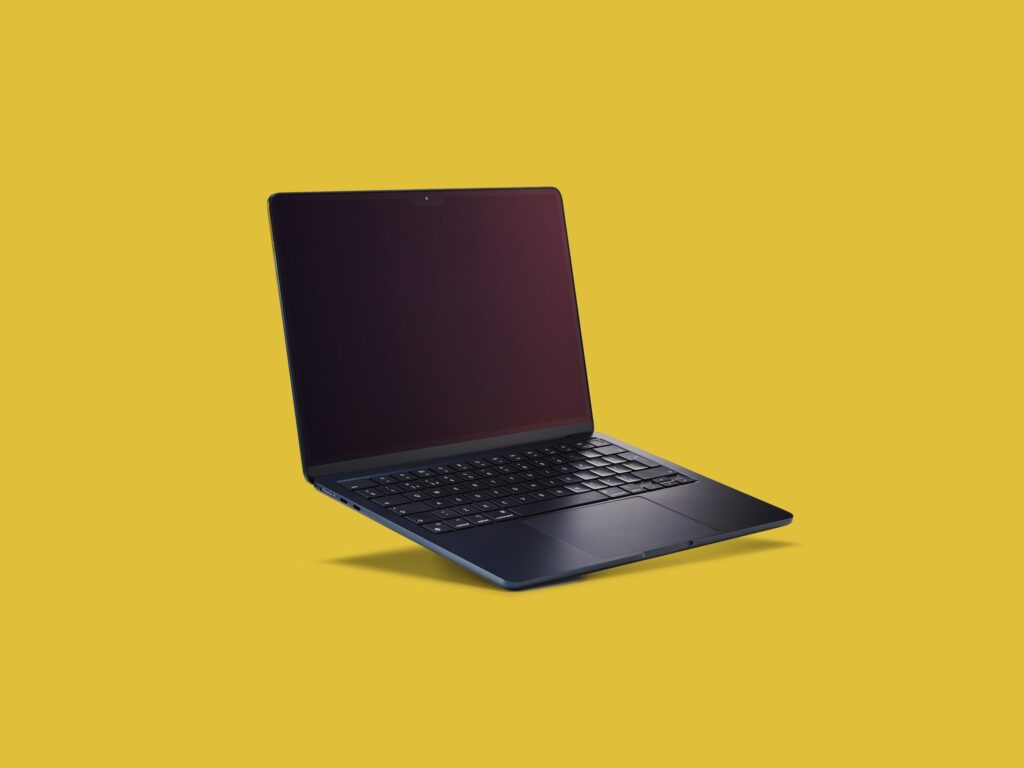This content is a guide on how to customize your Android device. It includes steps on changing wallpapers and themes, customizing the home screen layout, using custom launchers, installing custom ROMs, and customizing notifications. The guide emphasizes the importance of backing up data before making any major changes to the device and proceeding with caution when installing custom software. Customizing an Android device allows users to personalize their smartphones and tablets to suit their preferences, making it truly their own. The guide provides step-by-step instructions to help users easily change the look, feel, and functionality of their Android device.
Customizing Your Android Device: A Step-by-Step How-To Guide
Introduction
Android devices are popular for their customization options that allow users to personalize their smartphones and tablets to suit their preferences. Whether you want to change the look of your device, improve its functionality, or enhance its performance, there are plenty of ways to customize your Android device. In this guide, we will provide you with step-by-step instructions on how to customize your Android device to make it truly your own.
Step 1: Changing Wallpapers and Themes
One of the easiest ways to customize your Android device is by changing the wallpaper and theme. To do this, go to your device’s settings and look for the display or wallpaper option. From there, you can choose from a variety of pre-installed wallpapers or download new ones from the Google Play Store. You can also install a launcher app that offers additional customization options, such as themes and icon packs.
Step 2: Customizing Home Screen Layout
You can also customize the layout of your home screen by adding or removing widgets, app shortcuts, and folders. To do this, long-press on an empty area of your home screen and select the option to add widgets, apps, or folders. You can rearrange these elements by dragging and dropping them to your desired location on the home screen.
Step 3: Using Custom Launchers
If you want more advanced customization options, consider installing a custom launcher from the Play Store. Launchers allow you to change the look and feel of your device’s interface, including the app drawer, icons, and animations. Some popular launchers include Nova Launcher, Action Launcher, and Apex Launcher.
Step 4: Installing Custom ROMs
For users looking to completely overhaul their Android device, installing a custom ROM is an option. Custom ROMs are custom versions of Android created by third-party developers that offer additional features and customization options. However, keep in mind that installing a custom ROM requires rooting your device, which can void your warranty and potentially brick your device if done incorrectly. Proceed with caution and do thorough research before attempting to install a custom ROM.
Step 5: Customizing Notifications
You can also customize your device’s notifications to suit your preferences. Go to your device’s settings and look for the notifications or sound option. From there, you can customize the notification sound, vibration pattern, and LED light color for each app. You can also download notification apps from the Play Store that offer additional customization options.
Conclusion
Customizing your Android device is a fun and rewarding process that allows you to personalize your device to your liking. With the step-by-step instructions provided in this guide, you can easily change the look, feel, and functionality of your device to make it truly your own. Remember to backup your data before making any major changes to your device and proceed with caution when installing custom software. Enjoy customizing your Android device!
